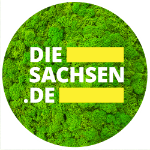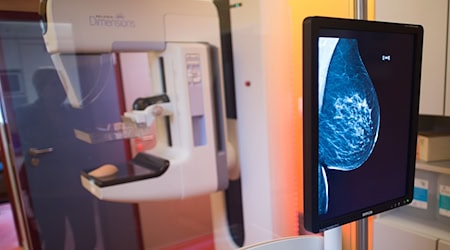An analysis commissioned by the consumer advice center has revealed some questionable iodine levels in algae. "When consuming individual algae products, there is a risk of excessive iodine intake and thus a considerable health risk," said the Saxony-Anhalt consumer advice center. Algae are in vogue as nutrient-rich foods and could contribute to the iodine supply.
The problem, however, is that algae products often do not contain any information on iodine content or the recommended amount to consume. Corresponding warnings are missing on the packaging. The consumer associations are therefore calling for legally binding labeling of the iodine content on the corresponding foods and the specification of maximum amounts.
The right amount is crucial
According to the consumer advice centers, the right amount is also crucial when it comes to iodine. According to a recommendation by the German Nutrition Society, adolescents and adults should consume 150 micrograms of iodine every day. Many people do not reach this level. However, too much iodine can also be detrimental to health. Therefore, the daily intake of 600 micrograms should not be exceeded.
Excessive iodine intake can disrupt thyroid function
"The Federal Institute for Risk Assessment (BfR) recommends a warning label above certain iodine levels that excessive iodine intake can disrupt thyroid function," it continued. As edible algae have very different iodine contents depending on the species, origin and environmental conditions, clear consumer information is also necessary on foods containing algae.
"Labeling the iodine content, the recommended consumption amount and warnings are urgently required for high iodine contents," emphasized Nele Huke-Niemeyer from the Saxony-Anhalt Consumer Advice Centre. This is the only way consumers can avoid excessive iodine intake.
The consumer advice centers had 13 foods containing algae tested for their analysis, including snacks, pasta and salads. They also checked all samples for information on warnings, recommended intake levels and iodine content. The result: the iodine content varied greatly between 11 and 8,720 micrograms per 100 grams.
Eight out of 13 products examined should have carried a warning
Eight out of 13 products contained high levels of iodine and should therefore have carried a warning. However, none of these products had all the information recommended by the BfR. In the case of three products, even normal consumption levels would result in an iodine intake that is harmful to health.
For example, the consumer advice centers rated a rooibos tea with kombu algae as unsafe. "Just 54 milliliters of this is enough to exhaust the tolerable daily iodine amount of 600 micrograms - a normal cup of around 150 milliliters contains almost three times as much," warned Huke-Niemeyer. However, there was no information on the iodine content or warnings. Two pasta products containing algae were also found to contain very high levels of iodine.
Copyright 2025, dpa (www.dpa.de). All rights reserved










